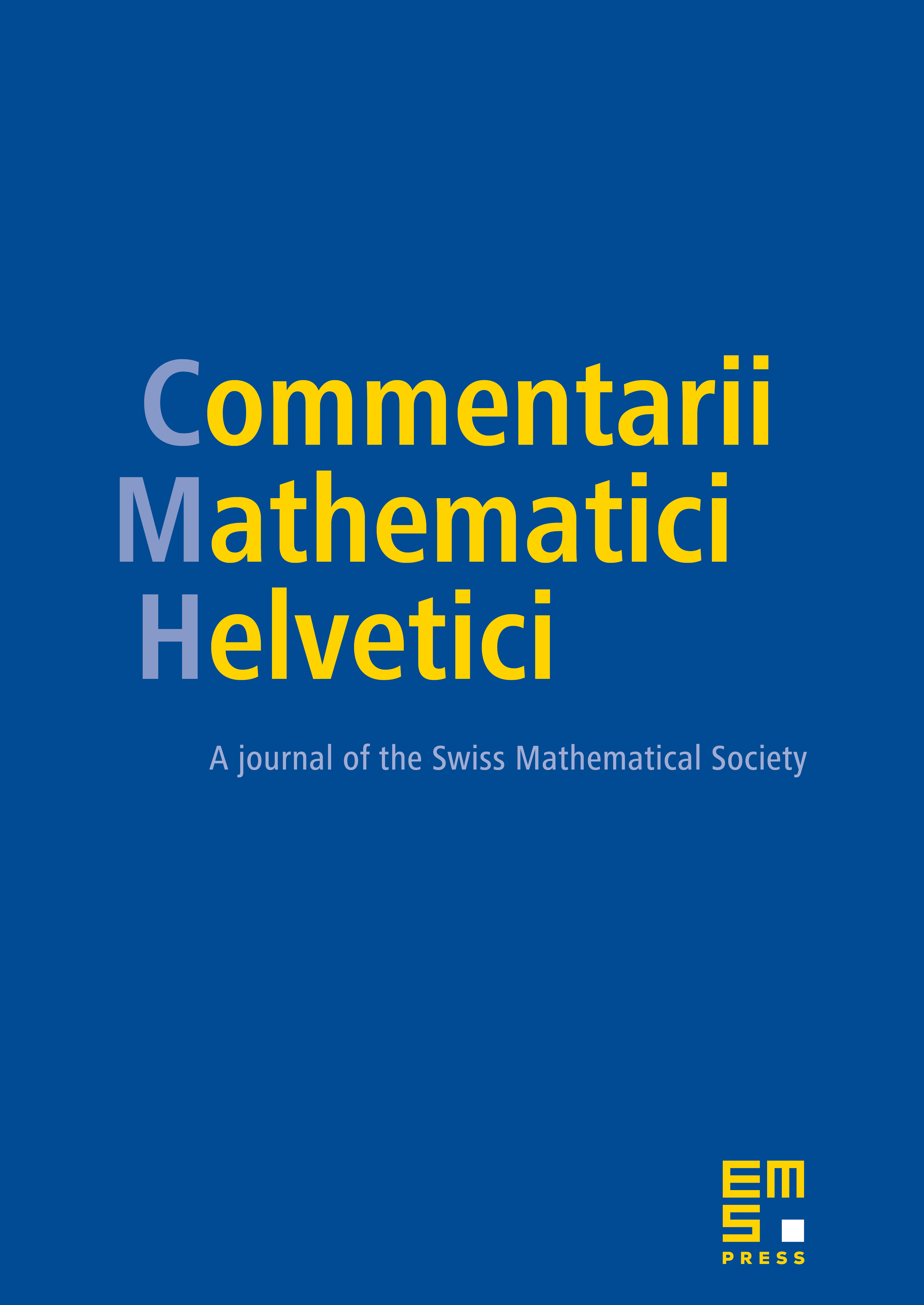The structure of homotopy Lie algebras
Yves Félix
Université Catholique de Louvain, BelgiumSteve Halperin
University of Maryland, College Park, USAJean-Claude Thomas
Université d'Angers, France

Abstract
In this paper we consider a graded Lie algebra, , of finite depth , and study the interplay between the depth of and the growth of the integers . A subspace in a graded vector space is called full if for some integers , , , , . We define an equivalence relation on the subspaces of by if and are full in . Two subspaces in are then called -equivalent () if for all ideals , . Then our main result asserts that the set of -equivalence classes of ideals in is a distributive lattice with at most elements. To establish this we show that for each ideal there is a Lie subalgebra such that , is full in , and .
Cite this article
Yves Félix, Steve Halperin, Jean-Claude Thomas, The structure of homotopy Lie algebras. Comment. Math. Helv. 84 (2009), no. 4, pp. 807–833
DOI 10.4171/CMH/182